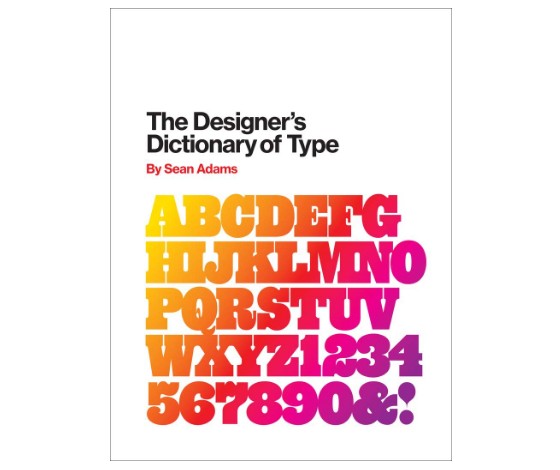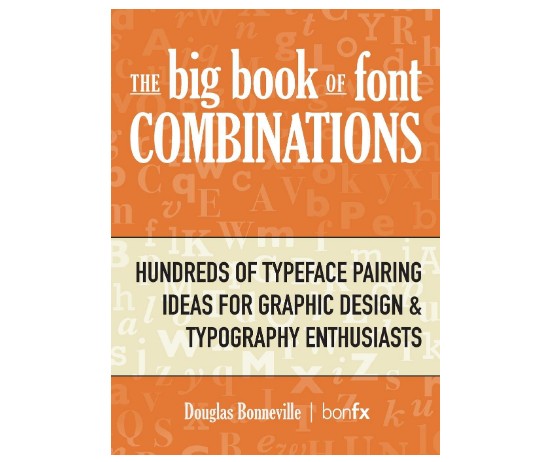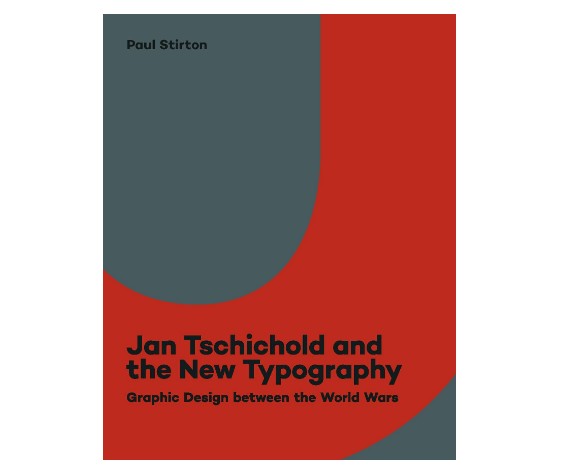The best new typography books of 2019
When it comes to learning typography and refining your skills, there are plenty of excellent typography resources online, not least on this very site (check out our Typography tab to see the full range of articles).
But if you’re serious about your typography, nothing beats a good book that's properly researched and written to the highest standards by an authoritative source. And in a fast-moving, increasingly digital world, it helps if they’re bang up-to-date, too.
With that in mind, we’ve brought together the best typography books that have been released this year, so far. All are both well-written and beautifully designed. So whether you’re a type novice or a true veteran, you’re sure to find something here you like. Want more typographic inspiration? Try these beautiful font pairings.
01. Typography: A Very Short Introduction, by Paul Luna

New to the discipline? Then Typography: A Very Short Introduction is a great place to start.
Author Paul Luna, a professor at the University of Reading, begins by looking at where the letters we use today originated, and what the principles are that underly their design.
He goes on to discuss topics such as layout, legibility, and picture language; the differences between type design for print and screen; the relationship between art and typography; and the reasons why key typographic decisions are made.
Usefully, he offers plenty of real-world examples to make his points clear. For instance, in the chapter ‘Presenting language’, he harnesses the Shipping Forecast as an example of how different typographic presentations can enhance a text, and allow for different kinds of reading.
Daily design news, reviews, how-tos and more, as picked by the editors.
Overall, this 176-page paperback takes a comprehensive and in-depth approach to the art and science of typography, and is written in a way that the ordinary person can easily follow. A great buy for typography beginners.
02. The Designer's Dictionary of Type, by Sean Adams

The only two-term national president in AIGA’s history, designer and educator Sean Adams scored a big hit in 2017 with his Designer's Dictionary of Colour. Now comes his follow-up, The Designer's Dictionary of Type, and it’s just as colourful, user-friendly and insightful.
The 256-page hardback focuses on 48 common fonts, from classic typefaces such as Garamond and Helvetica to modern-day digital fonts including OCR-A and Keedy Sans. Adams takes a deep dive into each, describing their history, analysing their stylistic traits, and examining what they’re best used for, with lots of eye-candy examples (mainly from the world of print) sprinkled throughout.
In short, this is an excellent foundational guide for any designer, and would be particularly useful for students looking to gain a understanding of the art, practice, and history of typography.
03. The Big Book of Font Combinations: Hundreds of Typeface Pairing Ideas for Graphic Design & Typography Enthusiasts, by Douglas N Bonneville

Whenever you start a new design, it’s natural to reach for the same tried-and-tested font pairings you know will work. But that’s hardly going to help you get to somewhere unique and original. So why not flick through The Big Book of Font Combinations, which contains hundreds of typeface combinations you probably wouldn’t have considered, to get some fresh perspective?
Best of all, most of the typefaces featured in this 370-page hardback will probably be ones you already own. Basically, author Douglas Bonneville, a graphic designer and developer, has researched the most popular typefaces and combined them amongst themselves, yielding over 350 typeface pairings. He describes the book as like: “A sketchbook with some ideas filled in for you; the final masterpiece is up to you.”
04. Typography Essentials Revised and Updated: 100 Design Principles for Working with Type, by Ina Saltz

A popular reference for designers since 2009, Typography Essentials has been completely refreshed to mark its 10th anniversary, with updated text, new graphics and new photos. The book’s mission, however, remains the same: to distill, organise and compartmentalise the complex issues surrounding the effective use of typography.
Written in an accessible style by Ina Saltz, an art director and former professor of design, this 208-page paperback is divided into four sections: The Letter, The Word, The Paragraph, and The Page. And as with all good reference books, it’s easy to dip in and out; you don’t have to read it from start to finish.
The 100 principles cover a range of practical issues surrounding designing with type, and each is accompanied by nice-looking visual examples, taken from international books, magazines, posters, and more.
05. Jan Tschichold and the New Typography: Graphic Design Between the World Wars, by Paul Stirton

To truly understand typography, you have to understand its history. And Jan Tschichold and the New Typography will certainly expand your knowledge of a pivotal period.
In this 272-page paperback, author Paul Stirton, an associate professor of modern European design history, offers a fascinating account of the life and work of legendary designer Jan Tschichold and the role he played in the creation of modern graphic design in Weimar Germany.
Along the way, Stirton analyses his collections, including illustrations, advertisements and magazines, as well as books by well-known figures, such as Kurt Schwitters, El Lissitzky, Aleksandr Rodchenko and László Moholy-Nagy, and other lesser-known artist-designers.
And, as the title suggests, there’s a strong focus on the New Typography, a broad-based movement across Central Europe in which Tschichold played a crucial role, documenting its theory and practice in his 1928 book The New Typography, still regarded as a seminal text.
Whether or not you’re familiar with the historical period and its iconic design figures, this brilliantly researched and engaging book will grip you from the outset.

Tom May is an award-winning journalist specialising in art, design, photography and technology. His latest book, The 50 Greatest Designers (Arcturus Publishing), was published this June. He's also author of Great TED Talks: Creativity (Pavilion Books). Tom was previously editor of Professional Photography magazine, associate editor at Creative Bloq, and deputy editor at net magazine.
